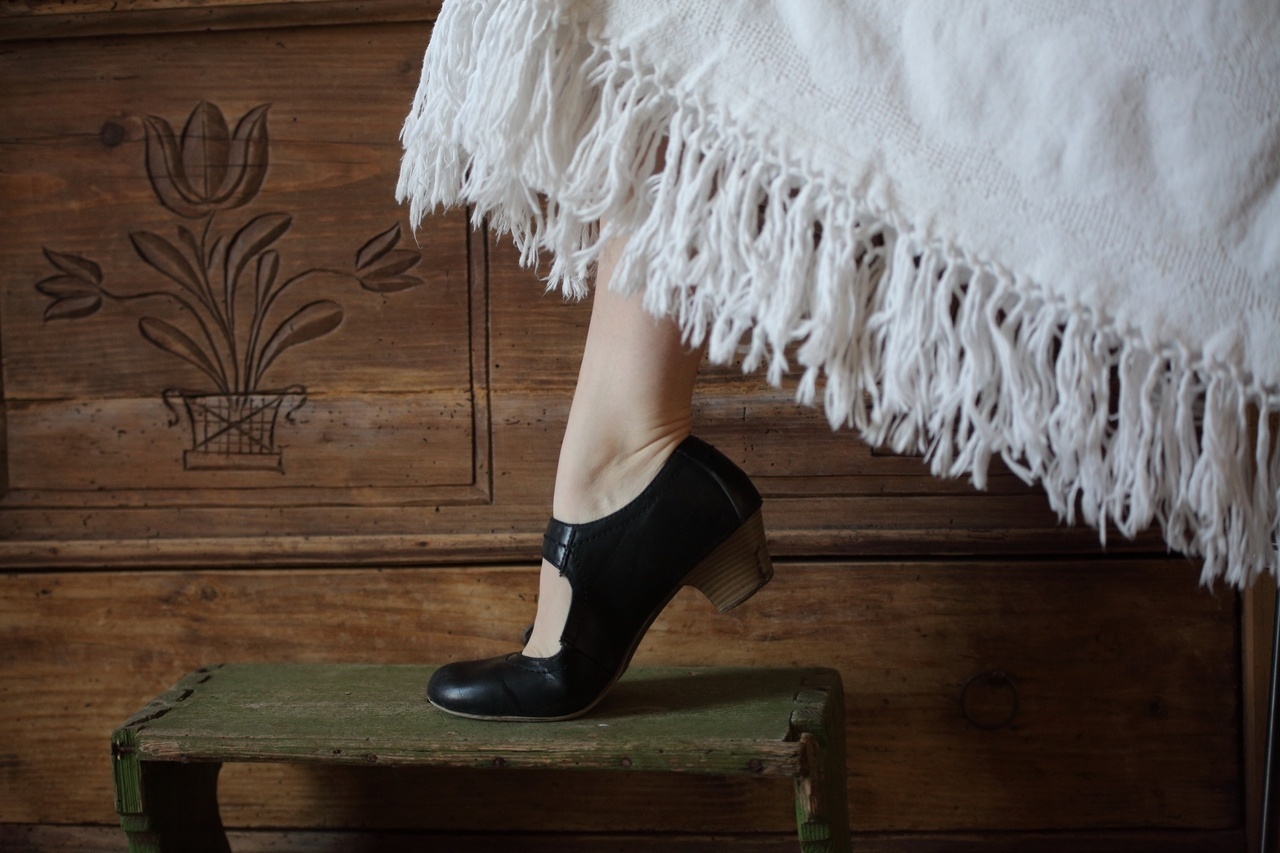Is Hungarian culture endangered? – The day of folk clothing

The Day of Folk Clothing has been celebrated on Saturday, April 24th, for seven years now. Its aim is to draw attention to the diversity and beauty of folk costumes and to transform some of the elements and accessories for general, everyday use.
Although the Day of Folk Clothing is not yet an official, Hungarian state-recognised holiday, like, say, Poetry Day or Folk Dance Day, just a cultural celebration, the intention is beautiful and noble – dress in any folk costume for a day and capture it. It is especially difficult to honour a celebration so deeply rooted in sensory experiences in the virtual space, but since the initiative has been in existence for seven years, the organisers also have experience from last year’s quarantine times when the celebration was limited to the online space and only for a few hundred people.

“As a child, I spent a lot of time in my grandmother’s village where even then a picture of a sinking world emerged in front of me. I observed two-window farmhouses with porches in the front and their dwindling hard-working residents living in harmony with the garden and nature who whitewashed the house during spring, brought water from the well, went to mass in folkwear, creased skirts, cultivated the kitchen garden, and did their thing as long as – as they say – their will carried them forward. ”
This was stated by photographer Zsófia Mohos in October 2020 in the Index Large Image section. Even then, it was foreseeable that among the snapshots cast, she saw many older ladies dressed in folk clothing or captured the making of folk costumes.
Read also:
- The mesmerising uniform of the Hungarian hussars – PHOTOS
- How much do you know about Hungarian embroidery?
The creator says that the Day of Folk Clothing is important because the last members of the last standing generation will not live for long, and they still wear folk clothing as part of their everyday life. Days like this can encourage young people to learn about folk costumes or even give them the opportunity to try them personally. It would be important to learn not only to wear but also to sew, make, and take care of such clothes, be it stiffening, skirt creasing, or different sorts of embroidery. Sadly, nowadays, it is difficult to get suitable materials for skirts, aprons, and headscarves, although, among the subjects of Zsófia Mohos in Rimóc, there was a lady who had 100 top skirts when she was younger.
Zsófia Mohos finds it exciting to capture these old ladies because there is a lot to learn from them not only about skirt creasing but also about life. There is a certain wisdom and experience of life about them that would be beneficial for all of us and make us reconsider how self-sufficient we really are. Such wisdom can only be earned by years of hard work:
“My mother always said, work as if you lived forever and pray as if you could die any moment.”
Outside of everyday clothing, they also have incredibly valuable ancient knowledge that would be good to learn, preserve, and pass on to future generations.
Source: Index.hu





